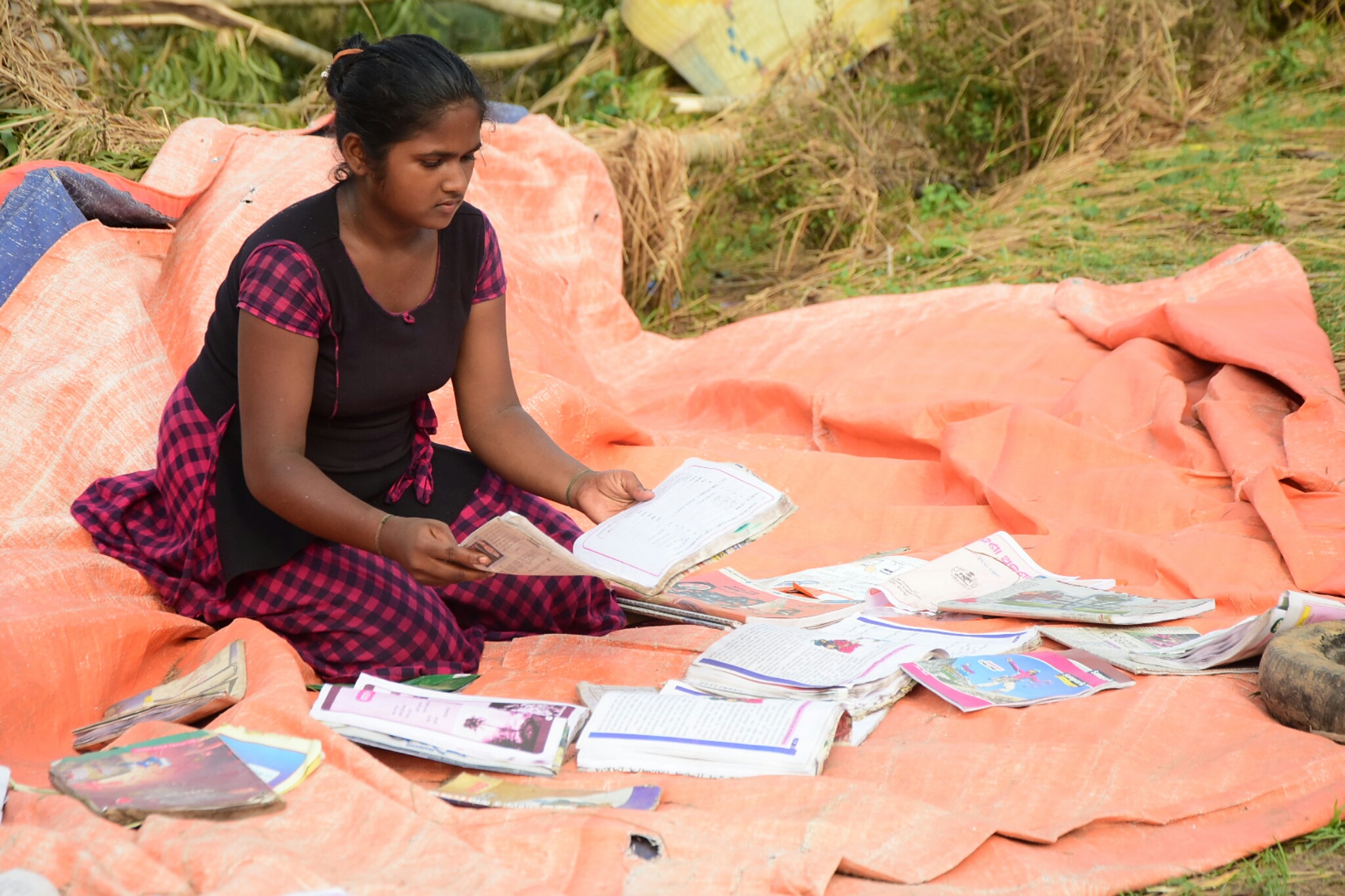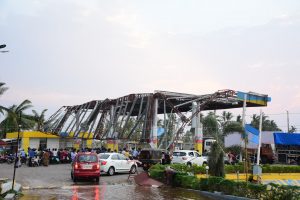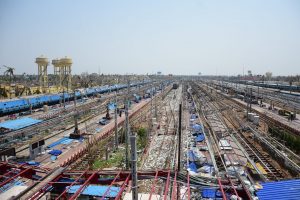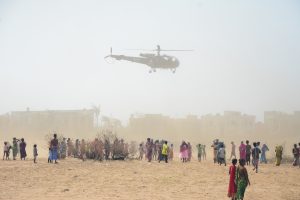
How failure to accurately track ‘Fani’ cost more lives in Odisha

Even a week after the tragedy, Sheshadeba Nayak still can’t get over it. “It was about 7.30 in the morning. We – my wife, two daughters, and I – were having an early meal before rushing off to the cyclone shelter near the village when the asbestos on the roof started flying. One of them hit my Payal, my nine-year old deaf and dumb girl. For three days, I could not take her to the hospital as all roads leading out of the village were blocked and no conveyance was available. When I finally took her to the district hospital in Puri on May 6, the doctor broke the news that I had dreaded all through the journey; she was no more,” says Nayak amid uncontrollable bursts of sobbing.

Sheshadeba of Kuapada village in Brahmagiri area, located right on the banks of the famous Chilika Lake, is among the thousands of people living close to the coast in Puri district who had lost all touch with the outside world since the previous evening as power and telecom links had snapped after the wind started gathering speed. The last information they had about ‘Fani’ was that it would have a landfall at 5 pm! Little did they know that the landfall time had kept advancing all through the night on May 2-3 before it became clear in the morning that the storm had decided to enter land much earlier; at 8 am to be precise. Asked if he did not get the news of the early arrival of ‘Fani,’ another villager said; “Who keeps a radio at home in this age of TV and smart phones, sir?” The absence of a radio could well have meant the difference between life and death for Payal.
The irony couldn’t have been starker. Those living farthest from the ‘line of fire’ of ‘Fani’ got a blow-by-blow, minute-to-minute update on the changing course of the cyclone all through the night and knew the precise place and time when it would have a landfall while those who were at the vulnerable places and needed the latest info the most were under the impression that it would hit land at 5 pm! It also underlined the point that some of the most vulnerable people living on the coast were not among the 14 lakh people the Odisha government says it evacuated to safe shelters in the hours leading up to Cyclone ‘Fani.’

A comparison with Cyclone ‘Phailin,’ which hit the south Odisha coast on October 12, 2013 would show why early information and pin-point accuracy of forecasts about the movement of a cyclonic storm is the key to its successful handling. On that occasion, both the government and the people living in the most vulnerable areas knew exactly when and where the storm would cross land and at what speed at least 12 hours before the actual landfall. This had made it easier for rescue workers the focus attention on the most vulnerable areas while carrying out a massive evacuation effort that later earned praise from the UN. At 22, the casualty figure too was much lower in Phailin, a cyclonic storm of almost the same intensity, compared to ‘Fani’ (64 and counting) precisely because of this reason.

Weathermen agree that it wasn’t easy to track the movement of ‘Fani,’ which was first supposed to have a landfall somewhere on the north Tamil Nadu-south Andhra Pradesh coast but then re-curved midway and started moving menacingly towards to Odisha coast, gathering speed with every passing hour.
“Cyclonic systems originating to the south of Sri Lanka on the Equator, especially during the summer, rarely intensify into major cyclonic storms. Even when they do, they usually hot the Tamil Nadu-Andhra coast and rarely come to Odisha as it has done this time. The last time such a thing happened was way back in 1914. In that sense, you can say it behaved unusually making tracking and predicting its exact course difficult,” says Dr Sarat Sahu, Director of the Centre for Environment & Climate at the Shiksha O Anusandhan (SOA) University in Bhubaneswar, who was the Director of the India Meteorological Department (IMD) centre in Bhubaneswar at the time of Phailin.
Chief Minister Naveen Patnaik too has confessed that IMD’s failure to track the constantly changing course and intensity of ‘Fani’ made it difficult for the state government to put in place an effective, foolproof evacuation and rescue plan.
But the confession would bring no succour to Sheshadeba Nayak, who could have saved the life of his helpless daughter had he got the information that Cyclone ‘Fani’ would hit land at 8 am, not 5 pm!


